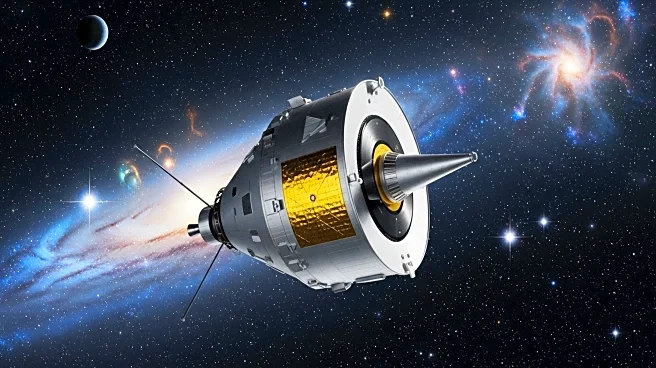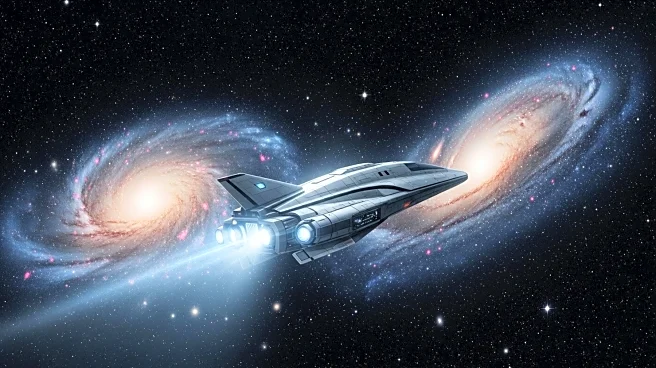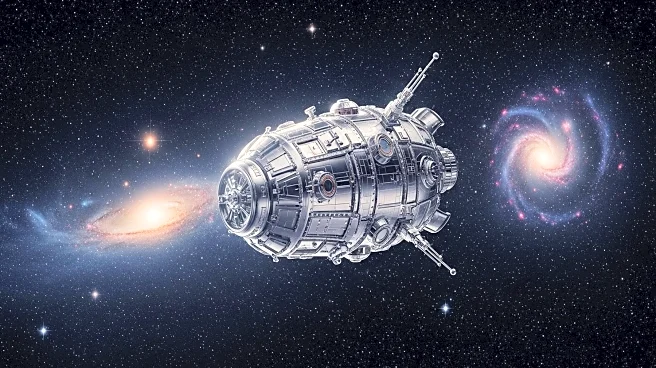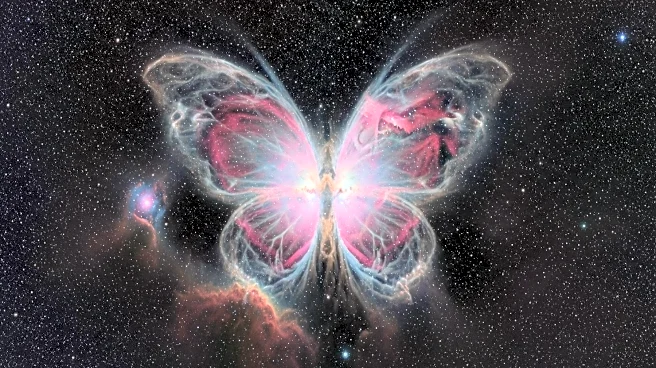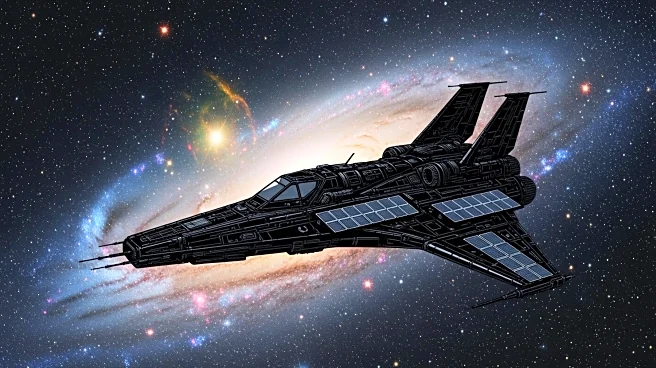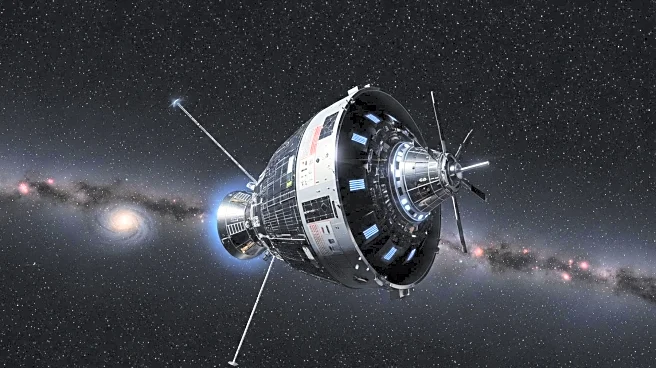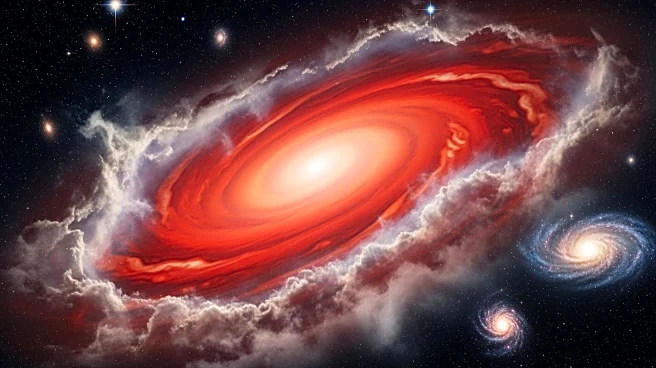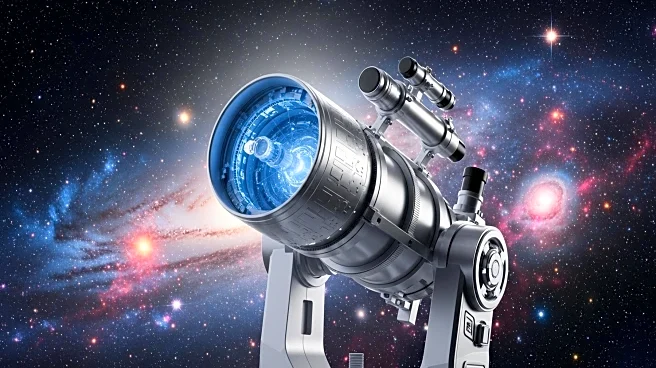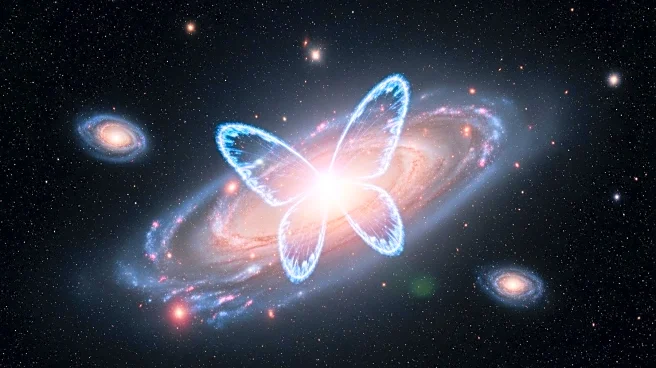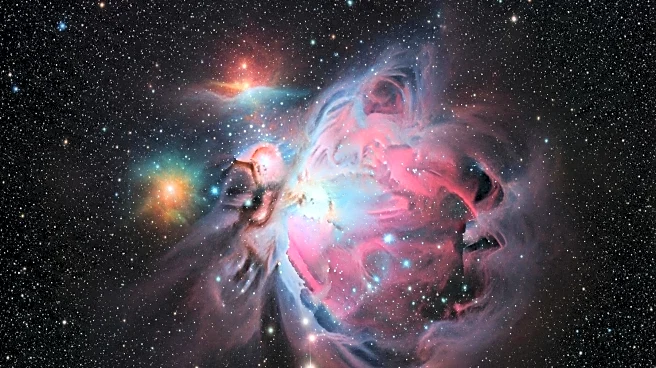What's Happening?
Launched by NASA in 1977, Voyager 2 has surpassed its initial mission to explore the outer planets and is now traveling through interstellar space. In November 2018, it became the second human-made object to exit the heliosphere, the Sun's protective bubble. Voyager 2's journey has provided valuable data on magnetic fields, cosmic rays, and the heliosphere's structure, raising more questions than answers about these phenomena.
Why It's Important?
Voyager 2's mission is significant for understanding the boundary between our solar system and interstellar space. The data collected helps scientists study the heliosphere's influence on cosmic rays and the interstellar medium. This information is vital for future space exploration and understanding the solar system's interaction with the galaxy. The mission's findings could lead to breakthroughs in astrophysics and enhance our knowledge of space environments.
What's Next?
Voyager 2 is expected to continue transmitting data until around 2030, when its power supply will deplete. Until then, it will keep traveling deeper into interstellar space, potentially providing more insights into the cosmic environment. Scientists will continue to analyze the data to address the questions raised by its findings, contributing to the broader field of space science.
